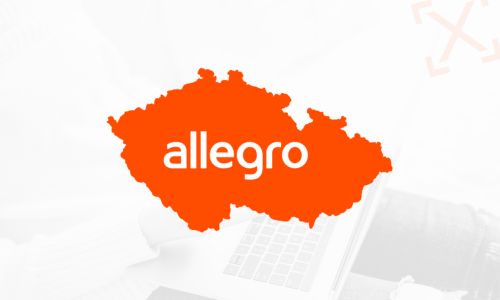The digital marketplace has seen tremendous growth over the past decade, and Allegro has emerged as a dominant player in the e-commerce sector, particularly in Central and Eastern Europe. Founded in Poland in 1999, Allegro has grown to become a household name, synonymous with online shopping. This blog delves into the intricacies of the Allegro website, exploring its features, user experience, seller opportunities, and its impact on the e-commerce landscape.
The Rise of Allegro: A Brief History
Allegro’s journey began in 1999 as an auction site, similar to eBay. Over the years, it evolved to accommodate a broader range of products and services, shifting from auctions to a fixed-price model. This transformation was crucial in its expansion, enabling it to cater to a wider audience. Today, Allegro is one of the top ten e-commerce websites in Europe, boasting millions of active users and a vast array of products.
Navigating the Allegro Website
User experience is at the heart of Allegro’s success. The website’s design is intuitive and user-friendly, ensuring that customers can easily find what they’re looking for. The homepage features a search bar prominently, along with categories and subcategories for easy navigation. The use of filters and sorting options allows users to refine their searches, making it easier to locate specific items. Furthermore, Allegro’s mobile app mirrors the website’s functionality, providing a seamless shopping experience across devices.
Features and Functionalities
Allegro’s offers a plethora of features that enhance the shopping experience. One of its standout features is Allegro Smart!, a subscription service that provides free delivery and returns on eligible items. This service has been a game-changer, encouraging frequent purchases and customer loyalty. Additionally, the website supports various payment methods, including traditional bank transfers, credit cards, and newer options like PayU and BLIK, catering to diverse user preferences.
Another notable feature is the rating and review system. Buyers can leave feedback on their purchases, which helps other users make informed decisions. Sellers, in turn, strive to maintain high ratings, ensuring quality service. Allegro also offers buyer protection, guaranteeing refunds for items that do not arrive or differ significantly from the description.
Opportunities for Sellers
Allegro is not just a marketplace for buyers; it also offers significant opportunities for sellers. Businesses, both large and small, can create storefronts on Allegro, reaching millions of potential customers. The platform provides tools and resources to help sellers manage their listings, track sales, and engage with customers.
One of the key advantages for sellers on Allegro is the access to a large, established customer base. This reduces the need for extensive marketing efforts, as the platform itself attracts high traffic. Additionally, Allegro’s advertising solutions, such as sponsored listings and display ads, allow sellers to increase their visibility and reach targeted audiences.
Allegro’s Impact on E-Commerce
Allegro’s influence on the e-commerce landscape, particularly in Poland and surrounding regions, is profound. It has set high standards for online marketplaces, pushing competitors to enhance their offerings. Allegro’s emphasis on customer satisfaction, fast delivery, and a wide product range has become a benchmark in the industry.
The platform has also played a crucial role in supporting small and medium-sized enterprises (SMEs). By providing an accessible marketplace with minimal barriers to entry, Allegro has enabled numerous SMEs to thrive in the digital economy. This, in turn, has contributed to the overall economic growth in the region.
Future Prospects and Innovations
Looking ahead, Allegro shows no signs of slowing down. The company continues to innovate, exploring new technologies and expanding its services. One area of focus is enhancing the delivery network, aiming for even faster and more reliable shipping options. Allegro is also investing in artificial intelligence (AI) and machine learning (ML) to improve search algorithms, personalized recommendations, and customer support.
Sustainability is another key area for Allegro. The platform is increasingly emphasizing eco-friendly practices, encouraging sellers to adopt sustainable packaging and offering more environmentally friendly products. This aligns with the growing consumer demand for sustainability and reflects Allegro’s commitment to corporate social responsibility.
Conclusion
Allegro journey from a small auction site to a leading e-commerce giant is a testament to its ability to adapt and innovate. With a user-centric approach, diverse features, and a commitment to supporting sellers, Allegro has solidified its place in the e-commerce world. As it continues to grow and evolve, Allegro is poised to shape the future of online shopping, not just in Europe, but globally. Whether you’re a buyer looking for great deals or a seller seeking a vast marketplace, Allegro offers something for everyone, making it a cornerstone of the digital commerce landscape.


